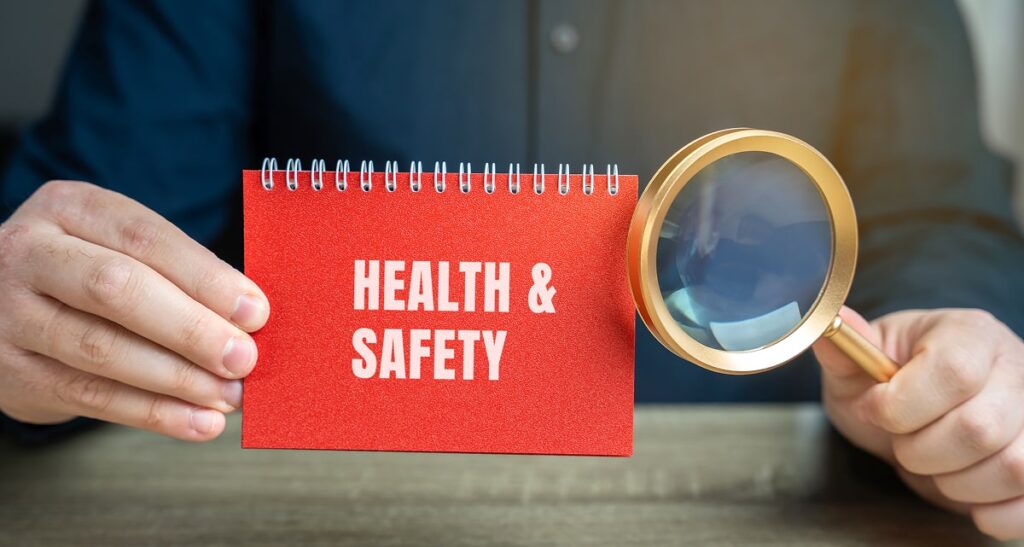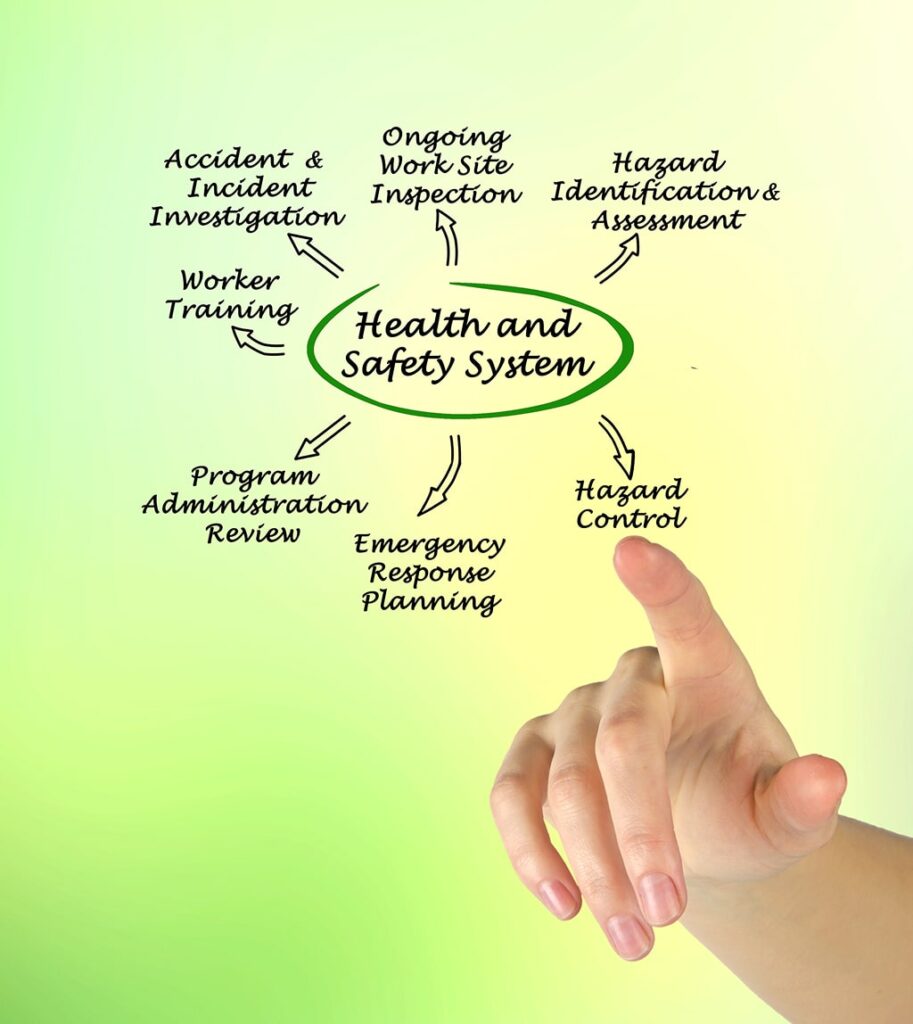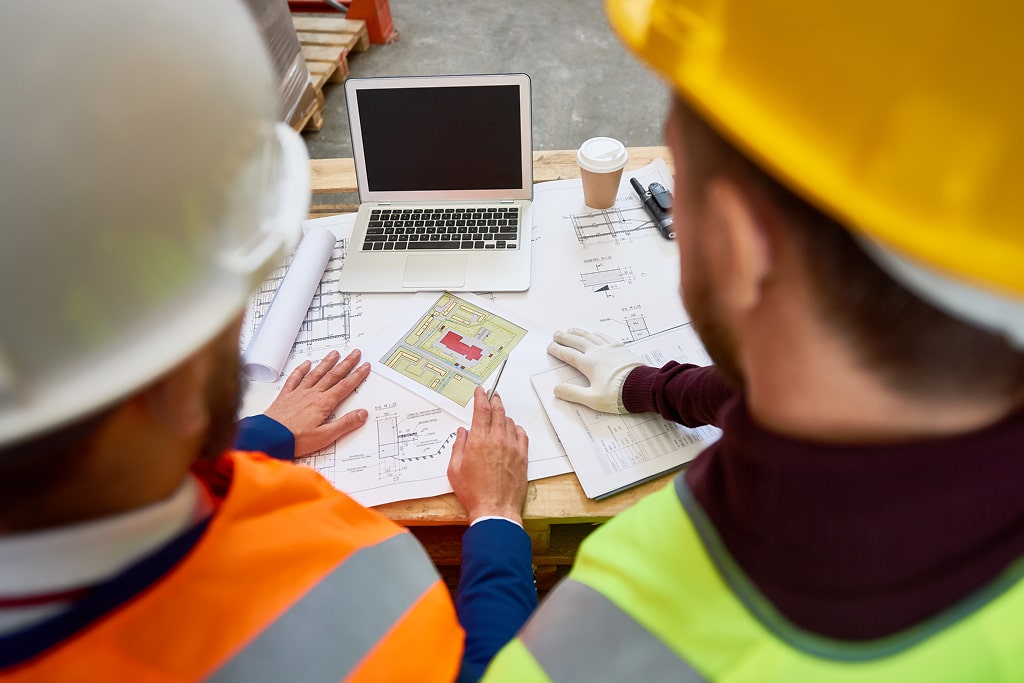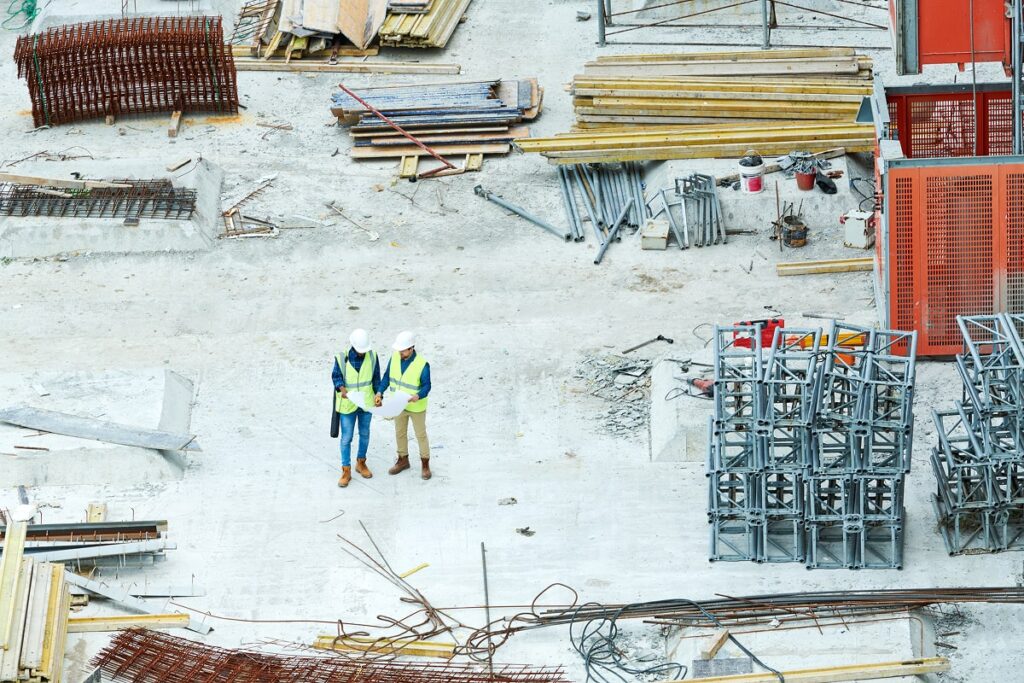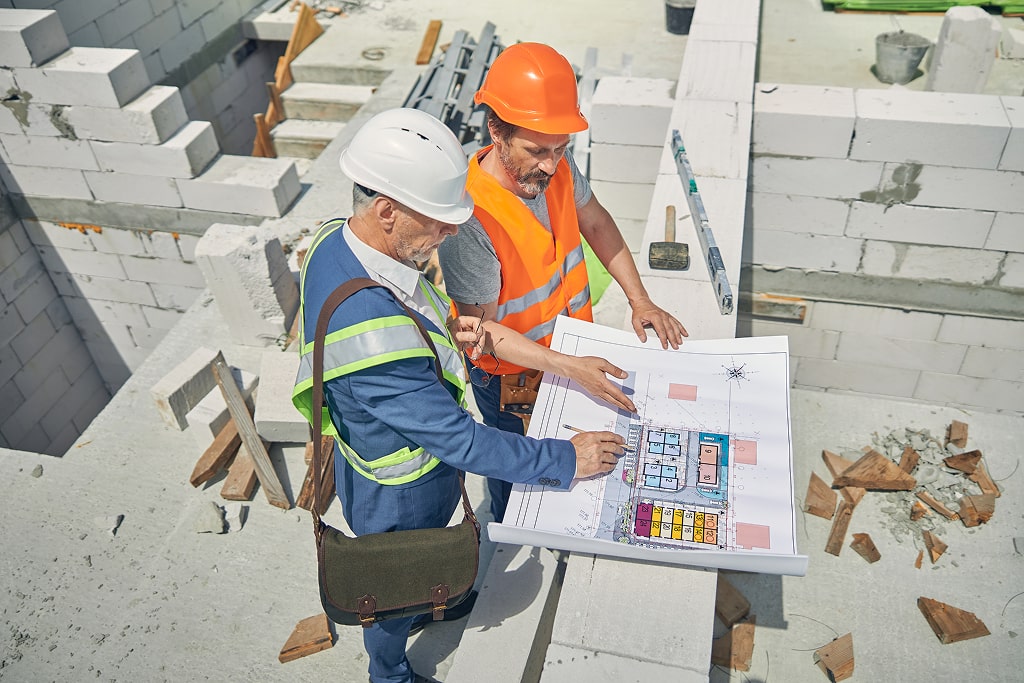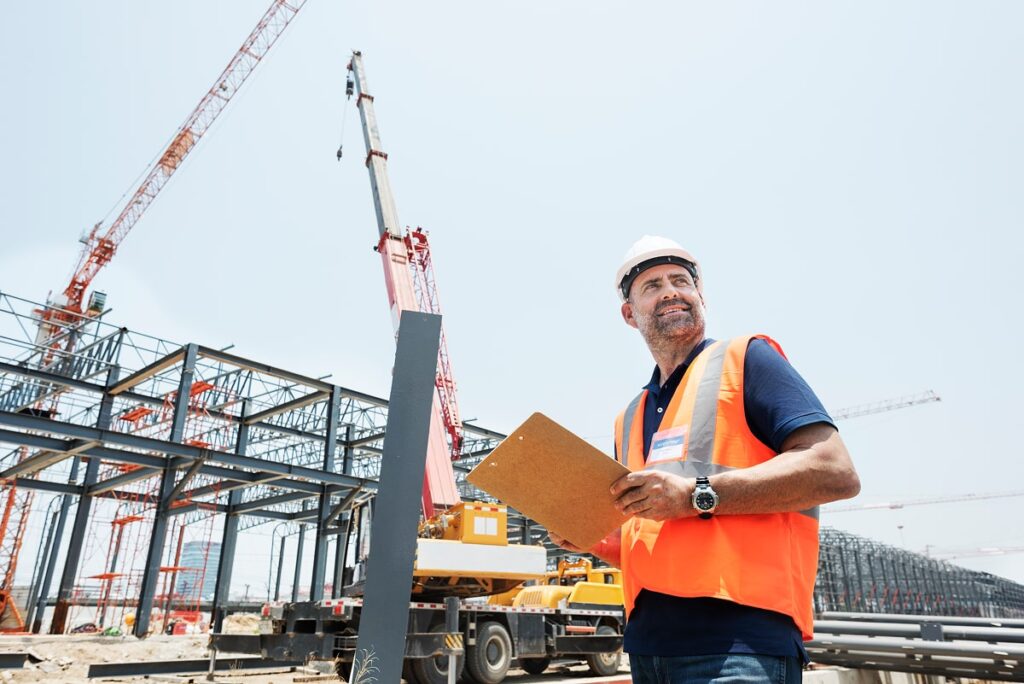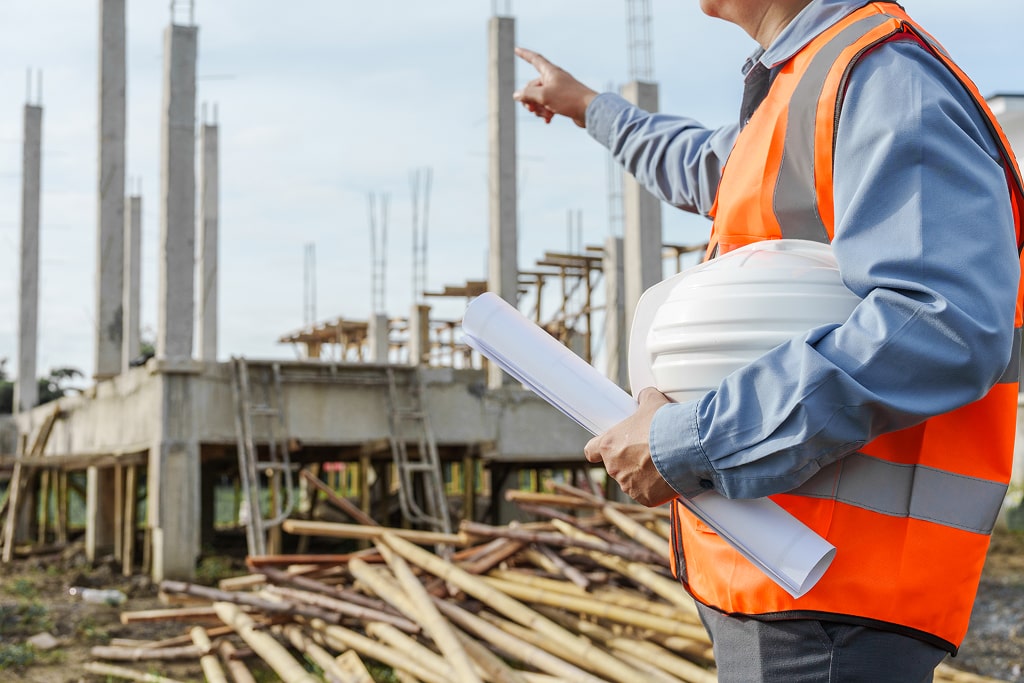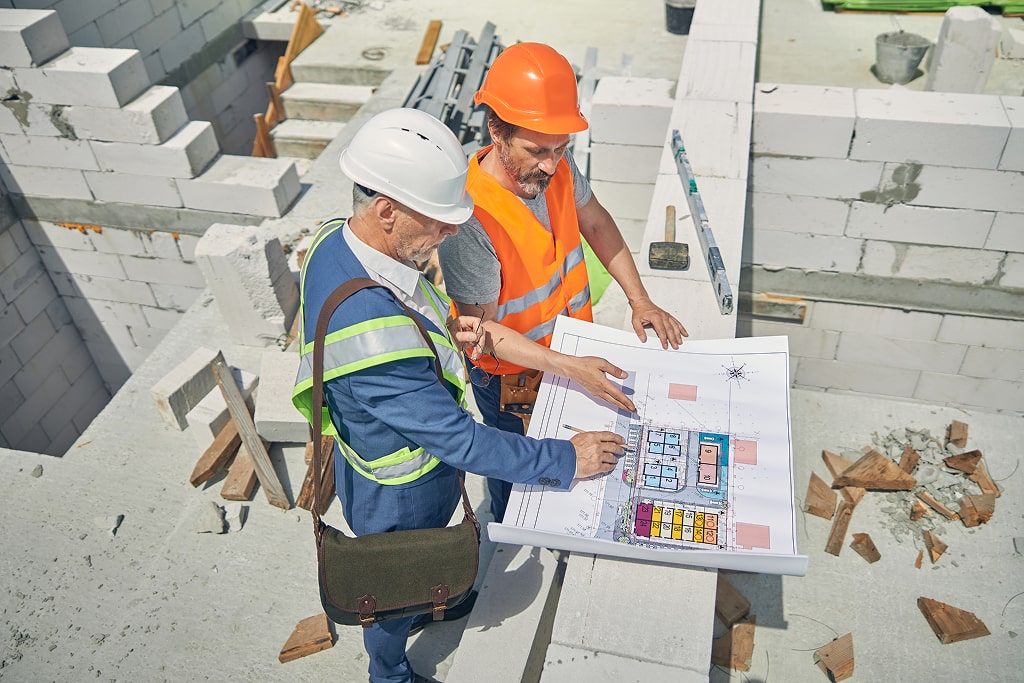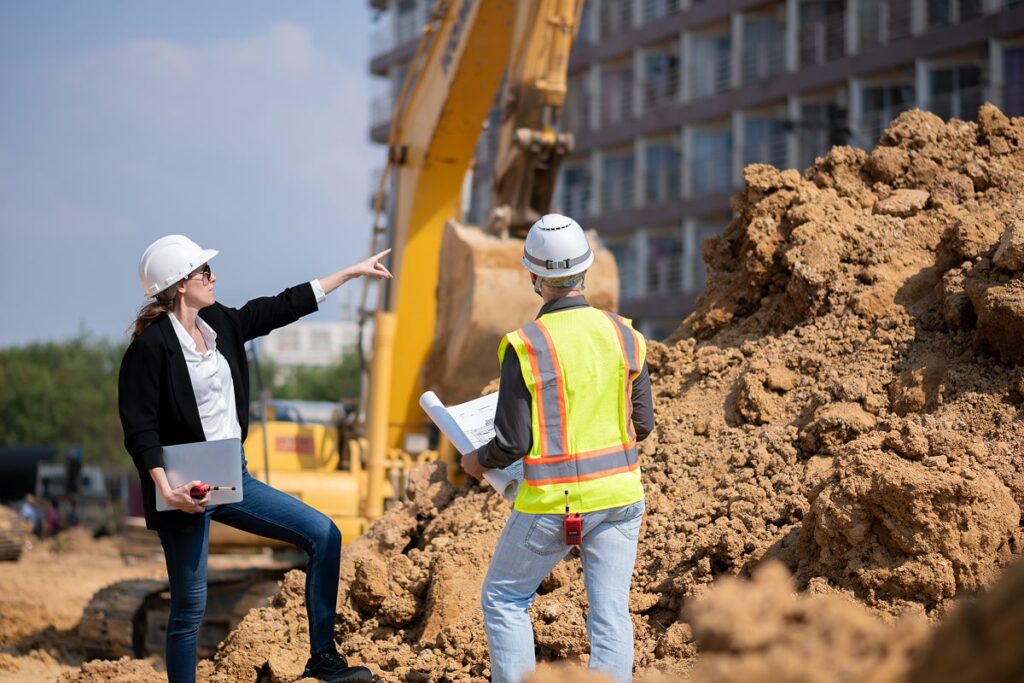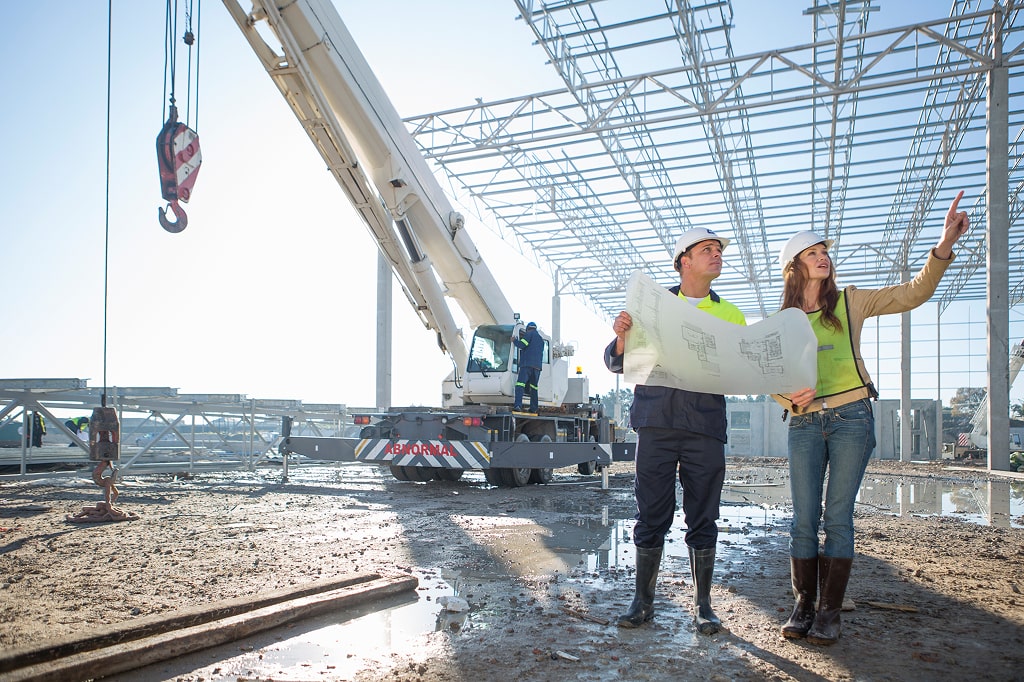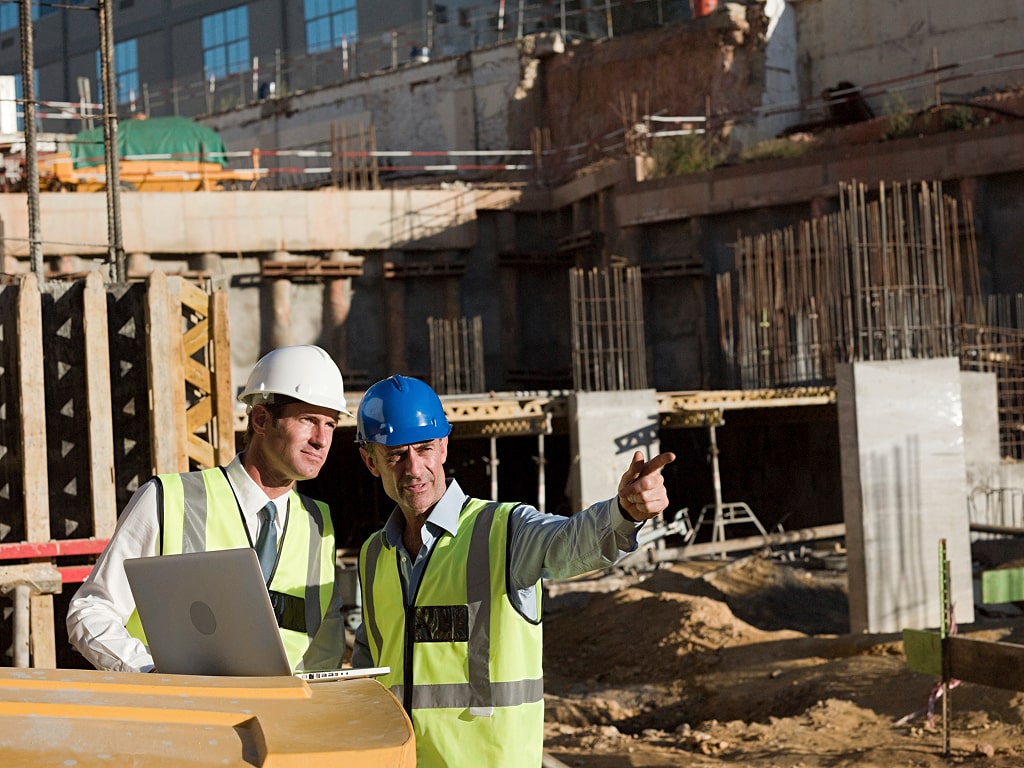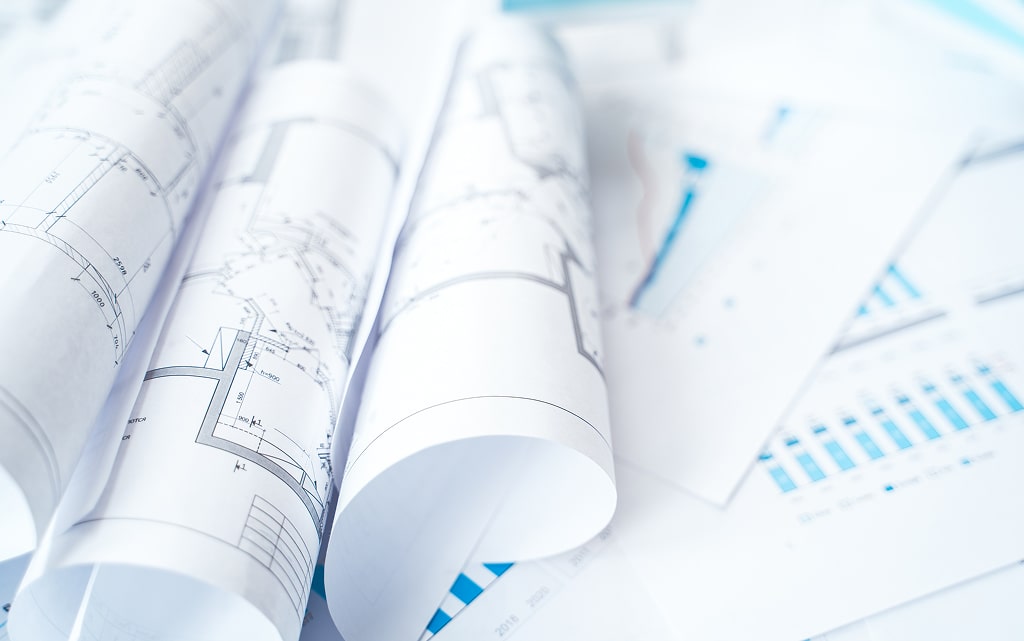A site can feel calm one moment and chaotic the next. A small mistake, a loose cable, a forgotten PPE check, or a rushed decision can turn a normal workday into a serious accident.
Many teams only realise gaps in their safety plans after something goes wrong. This is why having a clear company health and safety policy matters. It guides people, keeps risks low, and helps everyone get home safe.
This is The Construction Consultants quietly support companies. We help teams put strong safety systems in place so workers feel protected and operations run smoothly.
A company health and safety policy is not just a document for the office shelf. It should be a real tool people can understand and follow every day.
Why a Company Health and Safety Policy Matters More Than Most People Think
Many business owners know they need a company health and safety policy, but not everyone understands why it is so important. When you break it down, the reason is simple: people need to feel safe where they work.
According to the Health and Safety Executive (HSE), thousands of workers in the UK face injuries every year because of unsafe practices. You can read their latest data here:
A strong company health and safety policy helps in a few key ways:
- It shows your team that their safety comes first
- It helps managers decide what actions to take
- It makes legal duties easier to follow
- It reduces unexpected costs
- It supports smoother, more productive work
Many accidents are preventable. A clear policy helps prevent them.
What Should a Good Company Health and Safety Policy Include?
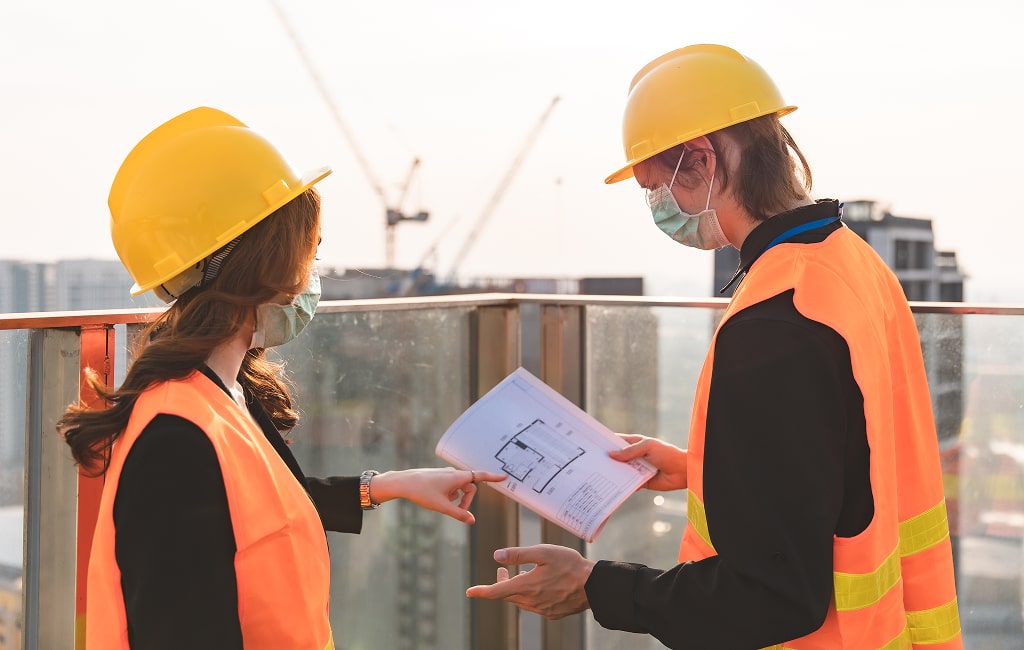
A company health and safety policy becomes effective when it covers the right points in a simple and direct way. You don’t need long sentences or complicated terms. You only need clear guidance people can use.
Below are key parts every policy should have.
What Is the Statement of Intent?
This is a short message from the business owner or leader. It shows the company’s promise to protect workers.
According to GOV.UK guidance, every business must have a clear health and safety policy if they have five or more employees.
The statement should say that:
- The company is committed to safe work
- The company will follow UK laws
- The company will do its best to avoid harm
Simple, clear, and honest.
What Are the Roles and Responsibilities?
People need to know who does what. A company health and safety policy works best when it lists the key roles.
For example:
- Who checks equipment
- Who carries out risk assessments
- Who records incidents
- Who communicates safety instructions
- Who trains new workers in safety procedures
When everyone understands their part, mistakes become less likely.
What Arrangements Keep the Workplace Safe?
This section explains how the company plans to manage risks.
It can include:
- PPE guidelines
- Fire safety steps
- First aid access
- Manual handling rules
- Site checks
- Hazard reporting
You can also add simple details like where items are stored, who to contact, and when checks happen.
The HSE also provides useful guidance on workplace arrangements.
How Do You Make a Company Health and Safety Policy Easy to Understand?
Even the best safety plan is useless if no one reads it. Many policies fail because they are too long or too technical. The goal is not to impress people with big words. The goal is to keep people safe.
Here are ways to make a company health and safety policy easy for everyone:
Keep Sentences Short
People absorb information better when it is not buried in long paragraphs. Say what must be said, in simple terms.
Use Everyday Words
Use words your team hears every day. If a formal word is needed for clarity, you may use it, but keep most of the policy friendly and clear.
Add Simple Examples Where It Helps
You do not need stories or dramatic scenes. A short real-life example can show why a rule matters.
For example: “Store tools properly so no one trips on them.”
Straight to the point.
Keep the Layout Clean
A good company health and safety policy should be easy to scan. Make sections clear and allow readers to find what they need fast.
You can use:
- Subheadings
- Short bullet points
- Short paragraphs
This helps everyone understand things at a glance.
Why Workers Must Be Part of the Process
A policy written only by managers often misses the real problems teams face. Workers know where the risks are. They know which steps slow them down and which areas need attention.
According to HSE guidelines on worker involvement, safety improves when people talk openly about risks.
Your company health and safety policy becomes stronger when workers help shape it.
Encourage them to share:
- What hazards they notice
- What procedures they find confusing
- What tools they need
- What training helps them
Listening builds trust and makes the policy more realistic.
How Do You Keep a Company Health and Safety Policy Up to Date?
A policy is not something you write once. Your business changes over time. New tools arrive. New workers join. New rules come in. Hazards appear and disappear.
A company health and safety policy only works when it stays current.
Here’s how to keep it updated:
Review It at Least Once a Year
Check the policy every year or whenever big changes happen. Make sure it matches your site’s needs.
Update After an Incident
If something goes wrong, update the policy to reduce the chance of it happening again.
Check UK Law Updates
UK health and safety rules change from time to time. Following HSE updates helps keep your policy aligned.
Ask Workers What Needs Changing
Workers notice things that managers might miss. A short chat can give insights that make the policy better.
What Makes a Company Health and Safety Policy Work in Real Life?
A policy is only useful when people follow it every day. For it to work in real life, it must be part of the site culture.
These steps help:
Train People Regularly
Simple training sessions help the team understand the rules.
Lead by Example
If managers follow the policy, workers will too.
Encourage Questions
People should feel safe asking for clarity. Questions prevent mistakes.
Make Safety Rewards Part of the Culture
Some companies recognise teams that follow safety rules well. This supports positive habits.
A strong company health and safety policy works best when everyone feels involved.
How Do You Write a Company Health and Safety Policy for a Small Business?
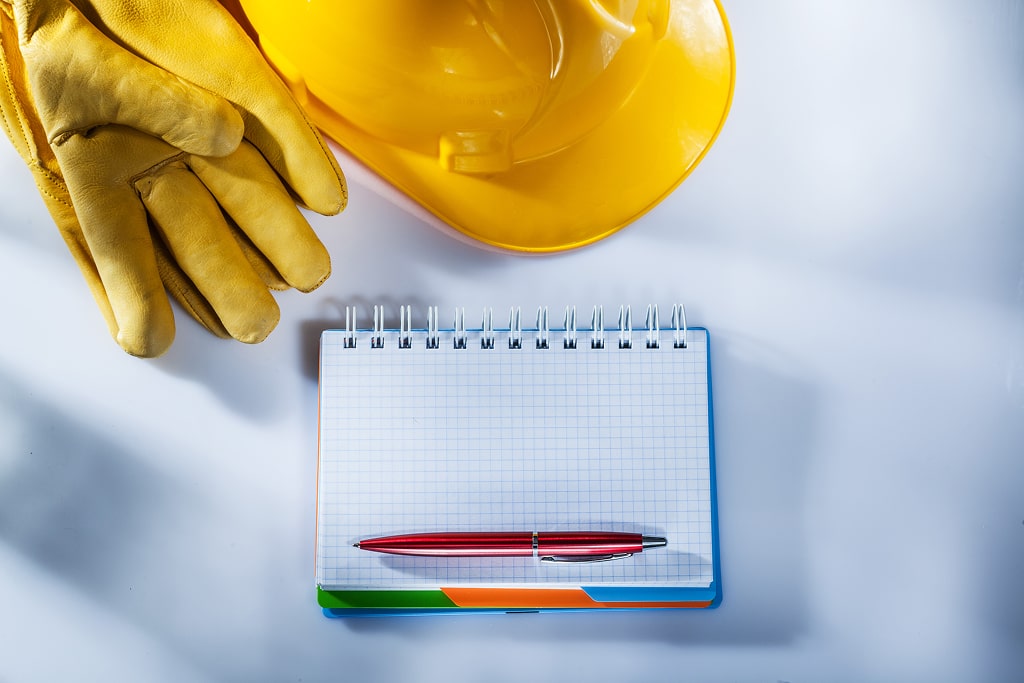
Small businesses often feel overwhelmed by safety requirements. The good news is that you do not need a huge document. You only need a clear one.
Here is a simple way small companies can build an effective company health and safety policy:
- Keep the policy short
- Focus on the main hazards your workers face
- Make roles very clear
- Use HSE templates
- Review the policy often
How Do You Make Sure Everyone Follows the Policy?
A company health and safety policy only works when everyone uses it. You can support this by:
- Giving copies to workers
- Posting key rules in work areas
- Including the policy in training
- Doing quick toolbox talks
- Reminding teams during meetings
Consistency helps the policy become part of daily work.
Why Risk Assessments Matter When Creating a Company Health and Safety Policy
Risk assessments help you understand what could go wrong. They form the base of a good company health and safety policy.
According to HSE, risk assessments should be simple and focus on real risks, not every small detail.
Your policy should address:
- What the main hazards are
- Who might be harmed
- What steps reduce the risks
When risk assessments are solid, the policy becomes stronger.
Why Communication Is Key in Health and Safety Planning
Even the best policy becomes useless if people don’t know about it or forget to apply it.
Clear communication makes a company health and safety policy work better.
Good communication includes:
- Regular briefings
- Simple handouts
- Clear instruction boards
- Safety signage
- Easy access to forms
When information flows smoothly, safety improves.
A Strong Policy Starts With Simple Steps: Final Thoughts
A workplace becomes safer when a company health and safety policy is simple, practical, and easy for everyone to use.
You do not need complicated words or pages of technical details. You only need clear steps that help people stay safe every day.
Businesses that put effort into their safety policies often see fewer accidents and smoother operations. Workers feel more confident. Managers feel more in control. Clients trust the company more.
This is something The Construction Consultants know well. We help companies build safety systems that keep their teams protected and their projects running without stress.
A good policy is more than a requirement. It is a sign of a workplace that cares.
Build a Safer Workplace
If you want your company health and safety policy to guide your team, protect your workers, and support your business, start with simple steps.
Review your current policy, update unclear areas, and involve your workers.
When you need expert help, The Construction Consultants is here to guide you with practical, easy-to-follow solutions.
A safer site starts with a clear plan. And the best time to improve that plan is now.


